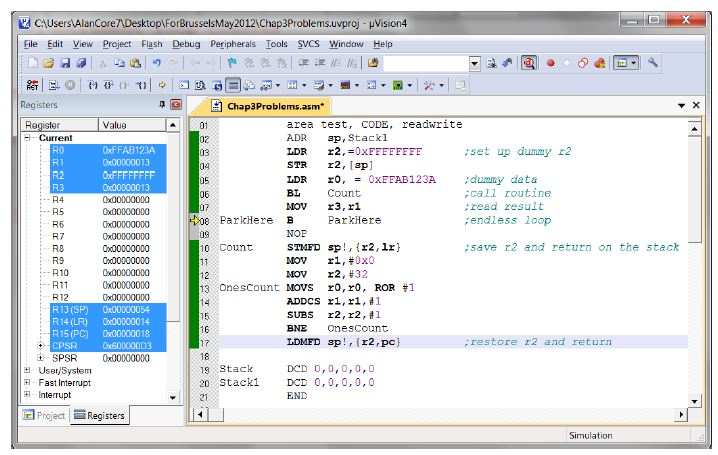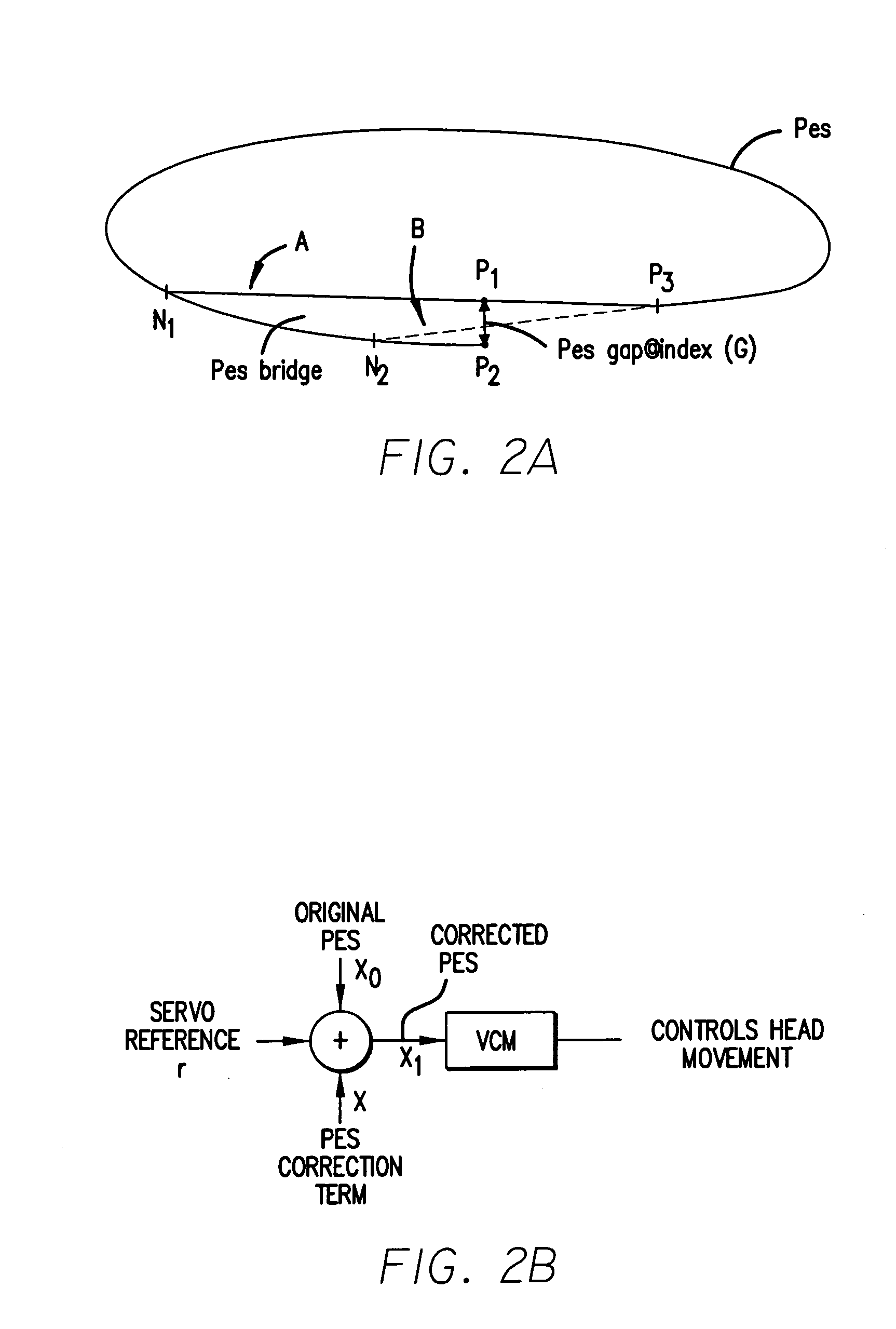

The address is computed by adding an offset value encoded in the instruction to the current value of the program counter.ĭepending on the processor architecture, it may only support a few different memory addressing modes. Here are a few of the more common addressing modes Microprocessors can access memory using several different memory addressing modes. Most variables in a high level language would fall into this category. Any variables that are stored in SRAM will require the application to initialize the variable. When the microprocessor is powered on, the contents of SRAM are uninitialized. A key differences between SRAM and FLASH is that the SRAM does not retain its contents when power is removed. SRAM is a volatile memory that is used to store computations that is calculated by the application. The second memory type we will look at is SRAM (Static Random Access Memory). In some situations FLASH can be updated by an application, but that is beyond the scope of this class.

Once the flash is programmed via JTAG, it will remain unchanged until the next time the microprocessor is programmed. As a result, our application does not need to re-initialize FLASH. This means that FLASH retains its contents when power is removed from the microprocessor. The other important characteristic of the FLASH is that it is non-volatile. For our purposes, FLASH is only modified when we program our board via the JTAG interface and cannot be written to by the application itself. We will refer to this type of memory as FLASH. In addition to the machine instructions, this area also contains constant variables, such as strings, that are used in the application. The first type of memory is a non-volatile memory that stores the machine instructions used to implement an embedded application. Almost all modern microprocessor have the ability to access two types of memory.


 0 kommentar(er)
0 kommentar(er)
